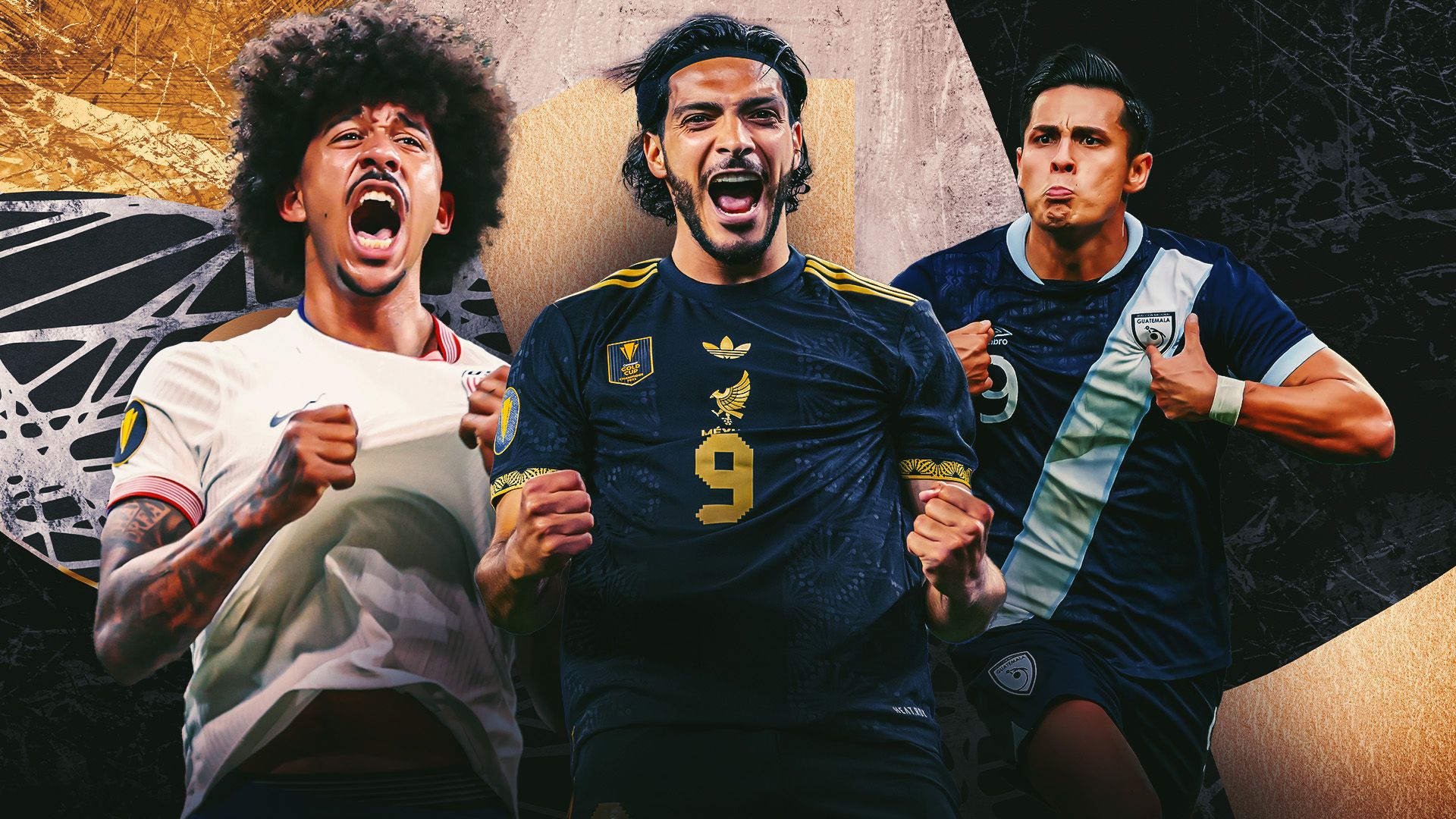2025 CONCACAF Gold Cup Stars: Top 10 Player Performances
2025 CONCACAF Gold Cup fans were treated to a tournament packed with drama, quality goals and several individual masterclasses that set a high bar for the region ahead of the 2026 FIFA World Cup. Mexico reclaimed the crown for a record-extending tenth time, defeating the U.S. men’s national team 2-1 in a pulsating finale at SoFi Stadium. Yet El Tri’s glittering trophy lift told only part of the story. From veteran strikers rediscovering their scoring touch to young defenders announcing themselves on the biggest CONCACAF stage, every matchday delivered a new headline.
The 2025 CONCACAF Gold Cup narrative in brief
Mexico’s path to glory hinged on a balanced blend of experience and emerging class. Edson Álvarez marshalled midfield traffic, goalkeeper Luis Malagón produced a string of acrobatic stops, and veteran No. 9 Raúl Jiménez turned back the clock with four crucial goals—including the opener in the final. Across the bracket, the United States rode a resolute back line anchored by Chris Richards and the relentless running of Malik Tillman to reach another title game. Meanwhile, Panama’s Ismael Díaz earned the Golden Boot with five strikes that showcased his penalty-box instincts, and Guatemala’s Rubio Rubín proved a tireless talisman for Los Chapines.
Top 10 performers of the 2025 CONCACAF Gold Cup
1. Raúl Jiménez – Mexico
After seasons interrupted by injuries, Jiménez was reborn. Intelligent movement, ice-cold finishing and unselfish link-up play made him the tournament’s most complete forward.
2. Chris Richards – United States
The USMNT centre-back dominated aerial duels, snuffed out counters with impeccable timing and showcased improved distribution. His statement displays solidified a starting role for 2026.
3. Edson Álvarez – Mexico
The West Ham enforcer balanced defensive duties with progressive passing. Álvarez’s leadership in high-pressure moments steadied El Tri through knockout turbulence.
4. Ismael Díaz – Panama
Five goals, including a hat-trick versus Costa Rica, underlined Díaz’s ruthless streak. Scouts across Europe have already taken note.
5. Luis Malagón – Mexico
Key saves against Canada and a point-blank denial of Christian Pulisic in the final secured the Golden Glove and justified his elevation to Mexico’s No. 1 jersey.
6. Malik Tillman – United States
Tillman’s ball-carrying from the half-spaces unhinged defences. His late winner against Jamaica booked the Americans’ passage to the semifinals.
7. Keylor Navas – Costa Rica
At 38, Navas refused to fade gently. A vintage 10-save outing versus Honduras reminded everyone why he remains a CONCACAF icon.
8. Rubio Rubín – Guatemala
Rubín’s two goals and relentless pressing pushed Guatemala to a first quarter-final since 2011. His leadership inspired belief throughout the squad.
9. Diego Luna – United States
The slick-footed winger dazzled with creative flair, registering four assists—the joint-highest tally in the competition.
10. Santiago Jiménez – Mexico
Coming off the bench, the Feyenoord striker bagged three late goals, giving Mexico an additional cutting edge when matches tightened.
How the 2025 CONCACAF Gold Cup shapes the road to 2026
For Mexico, consecutive Gold Cup titles confirm Jaime Lozano’s rebuild is on schedule. The tactical versatility displayed—shifting between a 4-3-3 and a compact 4-2-3-1—bodes well for facing varied World Cup opposition. The U.S. exits disappointed but emboldened by defensive solidity; integrating injured stars like Tyler Adams and Gio Reyna could unlock the final third.
Panama, Costa Rica and Guatemala proved the talent gap is narrowing. If federations can funnel newfound momentum into youth development and overseas transfers, the region could send its deepest cadre of competitive teams ever to a World Cup staged on home soil.
Key tactical trends from the 2025 CONCACAF Gold Cup
High-pressing revival
Several nations adopted a front-foot press, aiming to win the ball within seconds of losing it. The strategy produced entertaining, end-to-end football but demanded exceptional fitness—best exemplified by the United States and Panama.
Overlapping full-backs
Whether it was Mexico’s Jesús Gallardo bombing forward or Jamaica’s Amari’i Bell hitting early crosses, full-backs played like auxiliary wingers, stretching defensive blocks and creating overloads.
Set-piece mastery
Seventeen percent of all goals came from corners or free-kicks. Álvarez’s near-post flicks and Richards’ towering headers highlighted the value of rehearsed routines.
Breakout youngsters to watch
Teenage winger Julián Quiñones made cameo appearances for Mexico, flashing the acceleration that tormented tired back lines. The U.S.’s 19-year-old centre-mid Noel Buck caught eyes with calm build-up play, while Costa Rica’s Brandon Aguilera orchestrated counters like a seasoned veteran. These prospects might command significant club transfers before the World Cup curtain-raiser.
Legacy of the 2025 CONCACAF Gold Cup
Beyond the medals, the 2025 CONCACAF Gold Cup reaffirmed the region’s rising competitive parity. Attendance records were shattered, streaming numbers soared, and match atmospheres rivalled European nights. Sponsors have already pledged increased investment, guaranteeing better facilities and bigger stages for the next generation.
Opinion: Why this Gold Cup felt different
From my vantage point, the infusion of young, attack-minded coaches transformed match dynamics. Risk-averse football—a common criticism in past editions—gave way to bold pressing schemes and high defensive lines that produced shoot-outs and nail-biting comebacks. If the lessons of 2025 carry into 2026, CONCACAF nations could spring more World Cup surprises than many global observers anticipate.
Your global gateway to nonstop football coverage:
Goal Sports News
Share this content:
